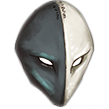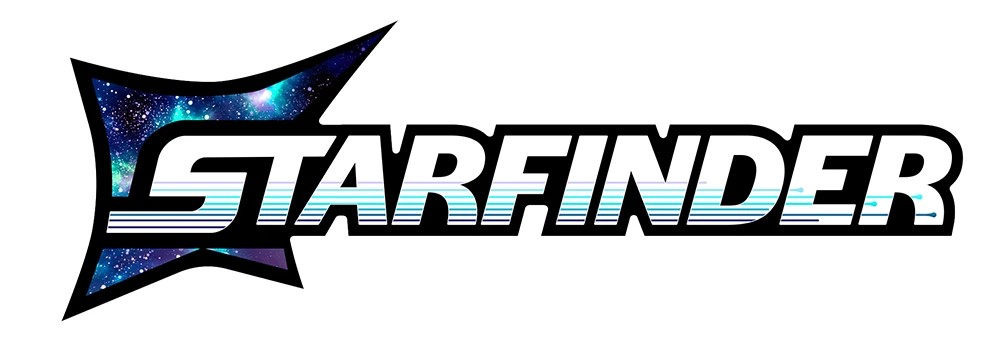Think of each type of threat as the deep, visceral danger the enemies represent. NPCs should be avatars of the threat, whether they’re enemies who represent different aspects of the threat or allies and bystanders damaged by it. Each threat entry gives a brief description, followed by some bullet points you can use to guide you in expressing the consequences of the threat. This is followed by monsters that typify this theme. As always, you can come up with your own thematic threats too!
The opposition wants to weaken or even change the motivation of a place, person, institution, ideal, or group.
- Show the effects of corruption on people and places, especially those closely connected to the PCs. Once-safe areas become less friendly and present threats, allies become unable to help or even turn against the PCs.
- Make enemies subtle; patient; and willing to allow rumors, lies, diseases, and poisons time to take effect. In battle, they might be satisfied to curse PCs and their allies or otherwise inflict long-term afflictions, then retreat.
- Contrast the corruption with education, healing, and working towards betterment.
- When the PCs make progress, allow them to expose agents of corruption and to inoculate allies and neutral parties against the growing threat or educate them about it.
Foes alghollthu, fiends, rakshasas, undead
The opposition wants to destroy or lay waste to a place, person, institution, ideal, or group.
- Show the effects of destruction on people and places, especially those the PCs hold dear. Show them desperate, devoid of resources, and psychologically changed.
- Make enemies hard to reason with and overwhelming in number. In battle, they want not just to win, but to kill, maim, or devour.
- Contrast devastation with forces of preservation and order.
- When the PCs make progress, show the slow recovery from devastation.
Foes dragons, demons
The opposition seeks a massive change—one they think is for the better. Their violent means of achieving it put them in conflict with the PCs.
- Demonstrate the ruthlessness of the enemy, especially the discrepancy between their care for their cause and their ambivalence or hatred toward everything else.
- Have enemies focus purely on their goal. Have them fall back on their rhetoric or dogma to justify themselves.
- If something about the extremists' cause is just—such as preserving the natural world or protecting their people—reveal the foes' sympathetic side. Demonstrate the horror of what they're fighting against in addition to the horror of the way they fight it.
- When the PCs make progress, show uncertainty or demoralization in their foes, possibly even desertion in their enemies' ranks.
Foes cultists, revolutionaries
The opposition is a force for mayhem, without any greater plan or long-term goal. It might be a mindless force of violence such as a wounded beast, or a thinking foe that simply revels in causing chaos and damage.
- Mayhem is easy to track and find, often leaving a trail of destruction in its path. Show how the senseless violence causes uncertainty and fear, disrupting both settlements and the natural order of things.
- A single powerful foe is a common source of mayhem, but a pack, herd, cult, or secret society could also be to blame. The source of the mayhem might have resulted from the natural order being out of balance or might be a distraction set off by a different foe looking to use it to further its own goals.
- Emphasize the cascading effects of unchecked mayhem. Normal trade, farming, migration, and similar systems are disrupted, causing problems far from the immediate location of violence and disruption.
- When the PCs make progress, show how resilient systems can recover from massive disruptions but might need additional help or protection.
Foes beasts, dinosaurs, drakes, giants
The opposition wants to rule over a group, location, or even the world. Their ultimate objective is to control and rule.
- Show how groups submit to subjugation rather than suffer the consequences of resistance. The PCs see elements of culture destroyed to ensure subjugation—are religions and churches destroyed, subverted, or replaced? Are lackeys put in place to keep oppressed populations in line?
- Make enemies self-righteous, focused, and in control of groups they have previously subjugated. Fights aren't just for the sake of violence, but steps towards greater control.
- Show opposition: open conflict, rebellion, secret groups, sabotage, and countercultural art. Give PCs the opportunity to support or participate in each.
- When the PCs make progress, have previously cowed or neutral parties be moved to rebel.
Foes devils, dragons, hags, hobgoblins
 Licenses
Sources
Licenses
Sources
 Contact Us
Contributors
Support the Archives
Maximize Menu
Contact Us
Contributors
Support the Archives
Maximize Menu
 Licenses
Sources
Licenses
Sources
 Contact Us
Contributors
Support the Archives
Contact Us
Contributors
Support the Archives









